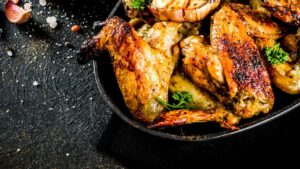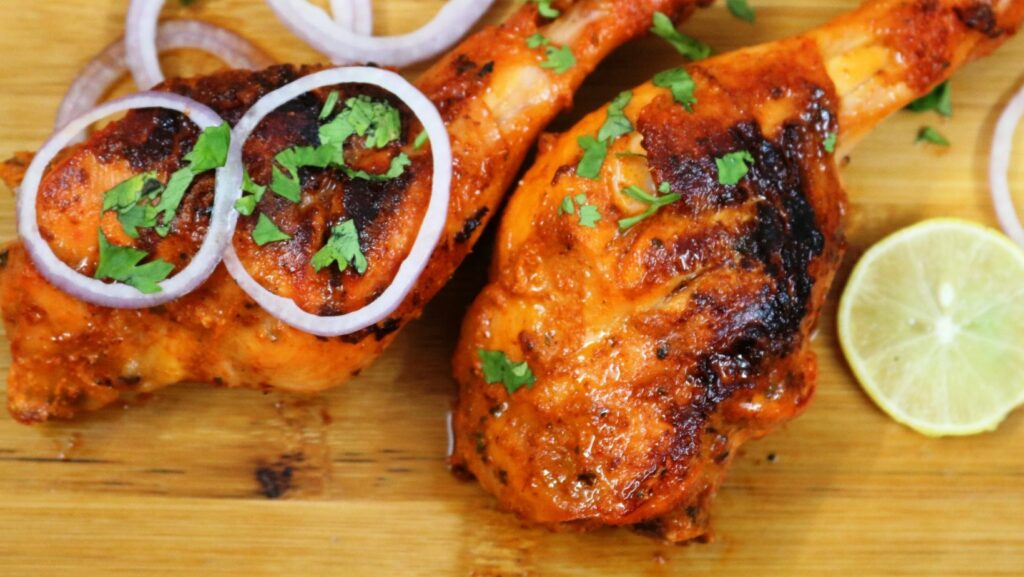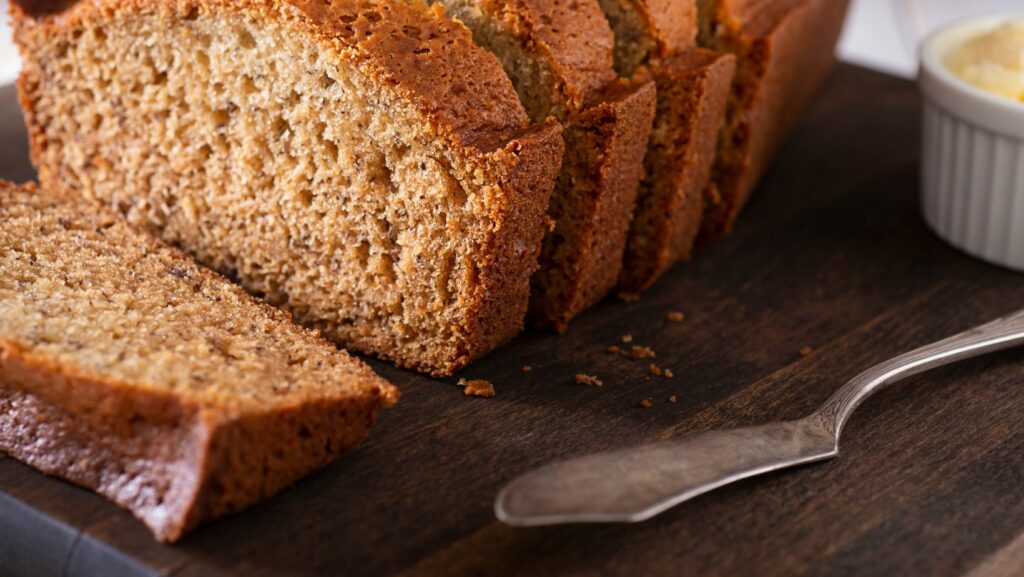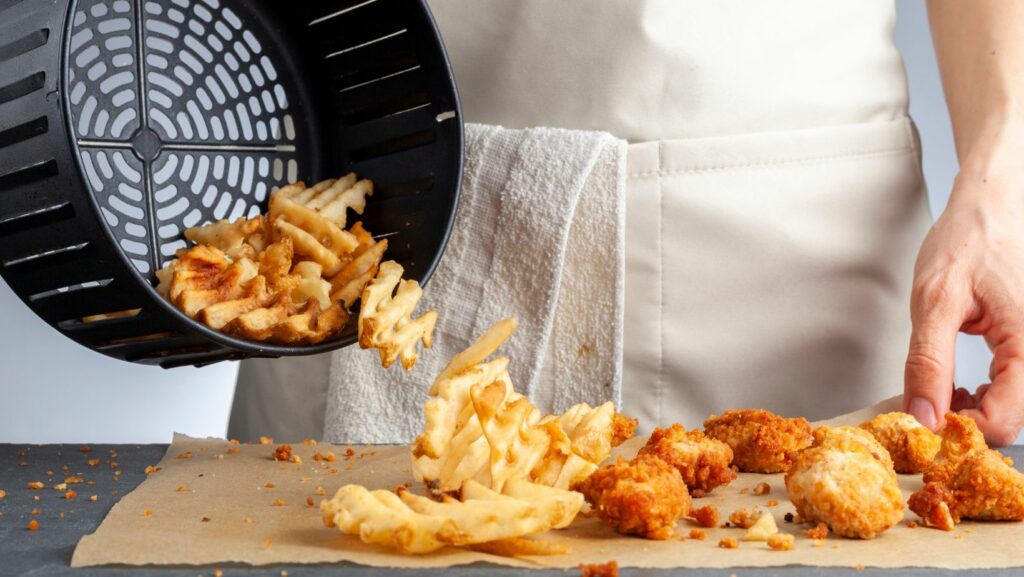Looking to shed some belly fat but can’t bear the thought of giving up your favorite poultry dishes? You’re in luck! Chicken, versatile and packed with protein, can be the star ingredient in a host of healthy, fat-busting meals.
This article is your guide to a variety of mouth-watering chicken recipes that won’t derail your weight loss journey. You’ll find dishes that are not only low in calories but also rich in essential nutrients. So, get ready to tantalize your taste buds while keeping your waistline in check!
Healthy Chicken Recipes to Lose Belly Fat
 Chicken offers myriad essential benefits in weight loss diets, with its rich nutrient profile serving as a cornerstone for balanced eating. This section delves deeper into the unique benefits of chicken on weight loss, specifically its high protein content and low-calorie nature.
Chicken offers myriad essential benefits in weight loss diets, with its rich nutrient profile serving as a cornerstone for balanced eating. This section delves deeper into the unique benefits of chicken on weight loss, specifically its high protein content and low-calorie nature.
Chicken boasts a high protein content, indispensable for muscle maintenance and growth. A single serving of chicken can supply between 25-31 grams of protein, approximately 30% of the average adult’s daily protein requirement. Abundant protein feeds muscle tissue, promoting muscle growth. This is vital, as lean muscle mass aids in higher metabolic rates, even at rest. Thus, incorporating chicken into meals aids in supporting muscle health, contributing to greater calorie burn over time.
For instance, grilling a skinless chicken breast, coupling it with whole grains and leafy greens, crafts a well-rounded, protein-rich meal enhancing muscle maintenance and supporting weight loss.
Exploring Healthy Chicken Recipes
 Delving deeper into the world of chicken cuisine, the article provides an insider’s look at two categories of breakouts: Grilled Chicken Salads and Chicken and Vegetable Stir-Fries. Both leverage the benefits of chicken and vegetables, adding to their appeal for dieters.
Delving deeper into the world of chicken cuisine, the article provides an insider’s look at two categories of breakouts: Grilled Chicken Salads and Chicken and Vegetable Stir-Fries. Both leverage the benefits of chicken and vegetables, adding to their appeal for dieters.
Creative to make and wonderful to relish, Grilled Chicken Salads pack a heavy punch on the nutrition front. They typically include skinless, boneless chicken breasts — a lean cut that’s low in calories and high in protein. Grilling brings out the meat’s natural flavors, eliminating the need for excessive oils. Complementing the grilled chicken, a colorful array of veggies like leafy greens, tomatoes, cucumbers, and bell peppers add fiber and a multitude of vitamins to the mix. Combined with a drizzle of low-fat dressing, these salads are a winning combination of taste and fitness.
Chicken and Vegetable Stir-Fries, on the other hand, are a whirlwind of tastes and nutrients. Performed on high heat, the chicken quickly sears, preserving its juices and tenderness. The process of stir-frying also helps in maintaining the crunch and nutritional content of the veggies, ensuring a bite that’s as healthy as it is satisfying.
Cooking Techniques for Optimal Health
 As a follow-up to the exploration of delightful, health-conscious recipes in the prior section, this segment sheds further light on elementary cooking tips. These added measures ensure the enriched health profile of your chicken dishes, contributing positively to your weight loss journey.
As a follow-up to the exploration of delightful, health-conscious recipes in the prior section, this segment sheds further light on elementary cooking tips. These added measures ensure the enriched health profile of your chicken dishes, contributing positively to your weight loss journey.
Using oils with unsaturated fats aids in maintaining a healthy diet. Consider replacing traditional vegetable oils with their healthier counterparts – olive oil, avocado oil, or canola oil, for instance. These oils contain heart-healthy fats and are less processed.
Moreover, in terms of seasonings, opt for herbs and spices such as rosemary, turmeric, and cinnamon in your kitchen repertoire. They offer a tantalizing flavor boost to your chicken dishes. Also, these seasonings contain antioxidants, further elevating the health quotient of your food. It’s essential to restrict salt usage, as it can raise blood pressure levels.
To reduce fat content while cooking chicken dishes, first, remove the skin and any visible fat. The chicken skin adds unnecessary saturated fats and calories to the meal.
Steaming, baking, and boiling are top techniques focused on cooking with less oil. For instance, baking a chicken with a spice rub eliminates the need for added fats, capturing the true essence of the ingredients.
Finally, substiting a non-stick pan for a regular one represents an effective strategy for reducing oil usage in cooking methods like sautéing or stir-frying.




